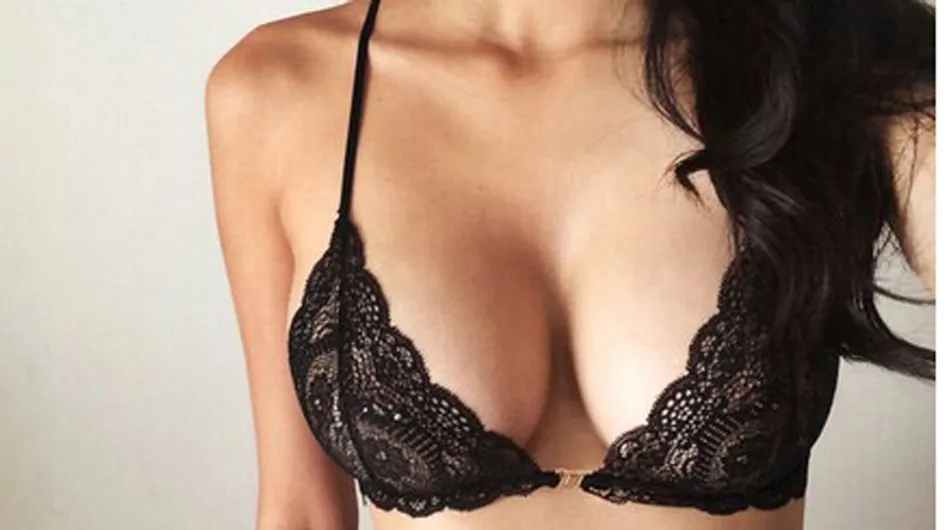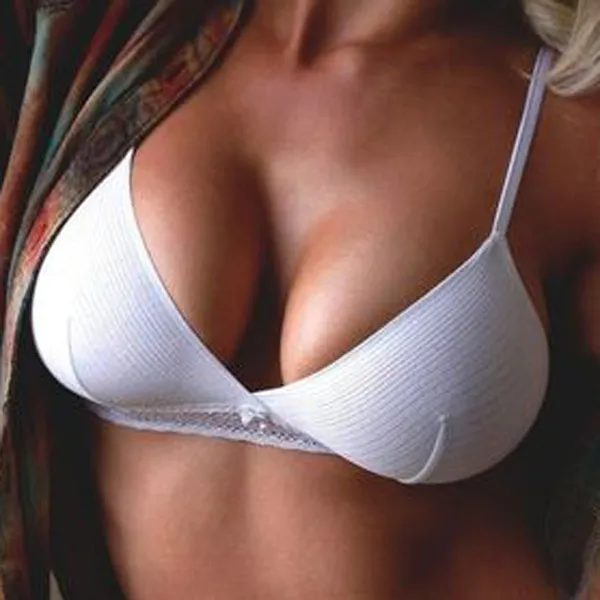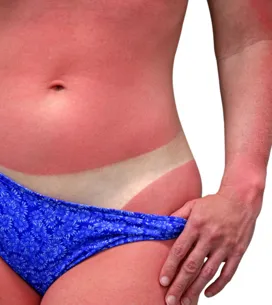Fat transfer breast augmentation is growing in popularity as it eliminates the need for implants by recycling fat from one part of your body to your breasts to increase their size. It might sound like the ideal boob job - redistributing fat from your belly, legs or bum to the one place that you really want it - your breasts, but is it all that simple? And what kind of result can you expect from a fat transfer breast augmentation?
We spoke to Ash Mosahebi, consultant plastic surgeon and BAAPS council member and cosmetic consultant and all round plastic surgery guru Wendy Lewis, aka The Knife Coach, to find out more about this treatment and if it really works.
What is a fat transfer breast augmentation?
Ash explains that a 'natural boob job' or fat transfer breast augmentation essentially "takes fat from other parts of the body, using liposuction, which is then transferred to the breasts."
While fat transfer boob jobs are not as mainstream as implant methods, Ash explains that "it has been practiced for a number of years and its advantages to patients include having liposuction and bigger breasts 'in one go'. It's also preferred by patients who want to avoid 'bad' silicone implants." AKA women who want a natural-looking enlargement without the risks posed by implants like rupturing, leaks and shifting.
However that doesn't mean that every woman who has implants will experience these effects. Wendy Lewis says that "with implants you have different materials that can be used - saline for example, is less risky than silicone gel - but it's important to remember that silicone gel is one of the most studied medical devices in history and is FDA approved."
What are the benefits?
While not everyone is an ideal candidate for fat transfer breast augmentation, it does have several benefits.
Wendy says: "More and more doctors are considering fat transfer breast augmentation as a safe alternative and it can help in cases where an implant is not necessary. For example it can be great for breast reconstruction if someone has had a lumpectomy, or for correcting defects like uneven breasts."
It's also a good alternative for women who want a subtle augmentation rather than going up several sizes, plus it has the benefit of not introducing any foreign material into the body.
What about the downsides?
If you're thinking 'Great - bigger boobs, smaller bum' then hold your horses. While this does sound like a nice exchange, it does mean that you have the risks of liposuction to consider when thinking about this treatment which can range from scarring, to bruising and saggy skin.
Ash also warns: "Fat transfer is widely considered to be a safe procedure, although some questions have raised about potential links between increased cancer risks & fat injection. We also know some of the fat does not survive after the procedure, and if large volume fat transfer is performed, there is a greater risk of fat necrosis and lumpiness of the breasts, so the final results are less predictable and may see some complications."
Other downsides include the amount of fat that is required to do the transfer - some people just don't have enough! Plus the results are only temporary and not as dramatic as breast implants.
What about results?
A fat transfer breast augmentation will give you visible results, but this is not the right procedure for a large increase in cup size.
Fat transfer breast augmentation should give you a softer more natural shape, but unlike an implant the fat will end up being reabsorbed by the body and your boobs will decrease in size over time.
This reabsorption of the fat could lead to returning to your 'before-boobs' or at worst giving an uneven appearance. Top ups may be necessary but some clinics are able to freeze any fat from the initial liposuction for use in the future.
The treatment has come under fire for misleading patients in terms of the kinds of results they can expect, and there is some evidence that injecting fat into the breast can sometimes cause calcified lumps which can harden and some sources suggest this reinjected fat can also lead to cysts.
How much does it cost?
In the UK the cost of a fat transfer breast augmentation can vary between £6500 to £8000, but as always before committing to a treatment make sure you're going with a surgeon you can trust.
One final word from Ash: "For patients considering the procedure, our advice, as with all cosmetic surgery, is to consult with a BAAPS plastic surgeon who can provide more information on the risks and benefits including whether fat transfer is a suitable option - not all patients are suitable for cosmetic surgery, which is not 'one size fits all.'"
Would you consider fat transfer breast augmentation? Tweet us @sofeminineUK
You Might Also Like...
What Cosmetic Surgery Really Feels Like: My Liposuction & Breast Augmentation Experience
EXTREME Plastic Surgery Made These Women Unrecognizable At The Airport
The Tummy Tuck: What Really Happens In Surgery

















